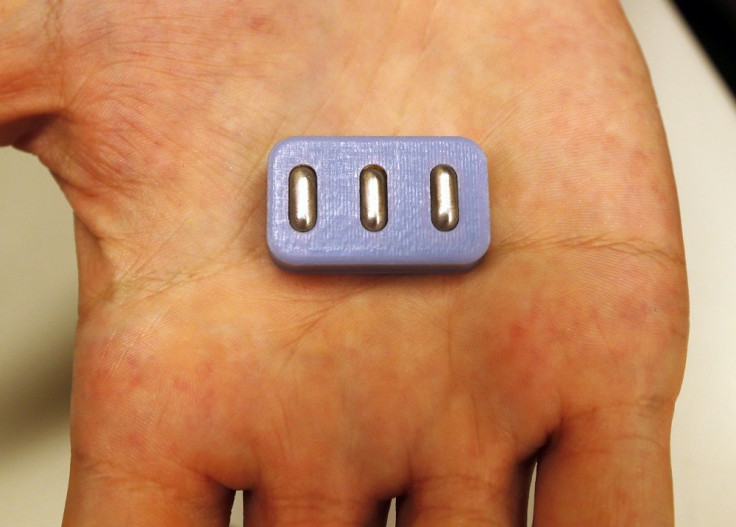18-year-old German becomes cyborg with implant of magnet on index finger
Wave of hand could purchase items at store, unlock doors & phones

In November 2015, Michael Bareev-Rudy, an 18-year-old German, had a tiny magnet embedded in his index finger during a tech event in Dusseldorf. Before a crowd, a man wearing a suit and green surgical mask applied anaesthesia and then used a scalpel to make an incision on his finger.
It was difficult to slip the magnet which took six attempts before it was embedded. The German youth, who paid €100 (AUD$149) for the magnet, just became a cyborg. It was appropriate that the procedure was done at the “Science + Fiction: The world’s first Cyborg-fair.”
People with implants, like Bareev-Rudy, fall under the definition of a cyborg. For now, a few of them – mostly young people like him – have microchips, electronic tattoos or LED lights in their arms or fingers. However, analysts predict that by 2020 – or just four years from now – there would be 25 billion connected objects with the implants serving as the link.
With the magnet implants, users could sense magnetic or electromagnetic fields and radio-frequency identification or near field communication chips that are encased in biocompatible glass. When programmed to communicate with smartphones and other compatible gadgets as more homes acquire appliances with Internet of Things (IoT), cyborgs could open doors, unlock phones, switch lights or TV sets on and off and operate other home devices with just the wave of their hands, reports Gizmodo.

For Kevin Warwick, the professor who opened the door for the cyborg movement to become part of the academe, the term refers to “humans whose nervous system is linked to a computer.” Practicing what he taught, Warwick, in 2002, had a device embedded in his arm connected to a part of his nervous system.
He performed several experiments using the embedded device to make an artificial hand and wheelchair move. Warwick’s wife also had an embedded device in her arm’s nerves that allowed her to communicate with him whenever she closes her hand which sends a pulse of current to his brain.
But most implants now could only interact with phones and computers, but in a few year, things may be different. PWC reports that during its 6th yearly digital IQ survey of 1,500 companies in 2015, 20 percent are currently investing into IoT sensors, 3 percent higher than in 2014.





















